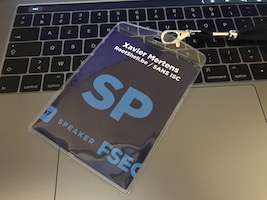I published the following diary on isc.sans.org: “Simple Analysis of an Obfuscated JAR File“. Yesterday, I found in my spam trap a file named ‘0.19238000 1509447305.zip’ (SHA256: 7bddf3bf47293b4ad8ae64b8b770e0805402b487a4d025e31ef586e9a52add91). The ZIP archive contained a Java archive named ‘0.19238000 1509447305.jar’ (SHA256: b161c7c4b1e6750fce4ed381c0a6a2595a4d20c3b1bdb756a78b78ead0a92ce4). The file had a score of 0/61 in VT and



